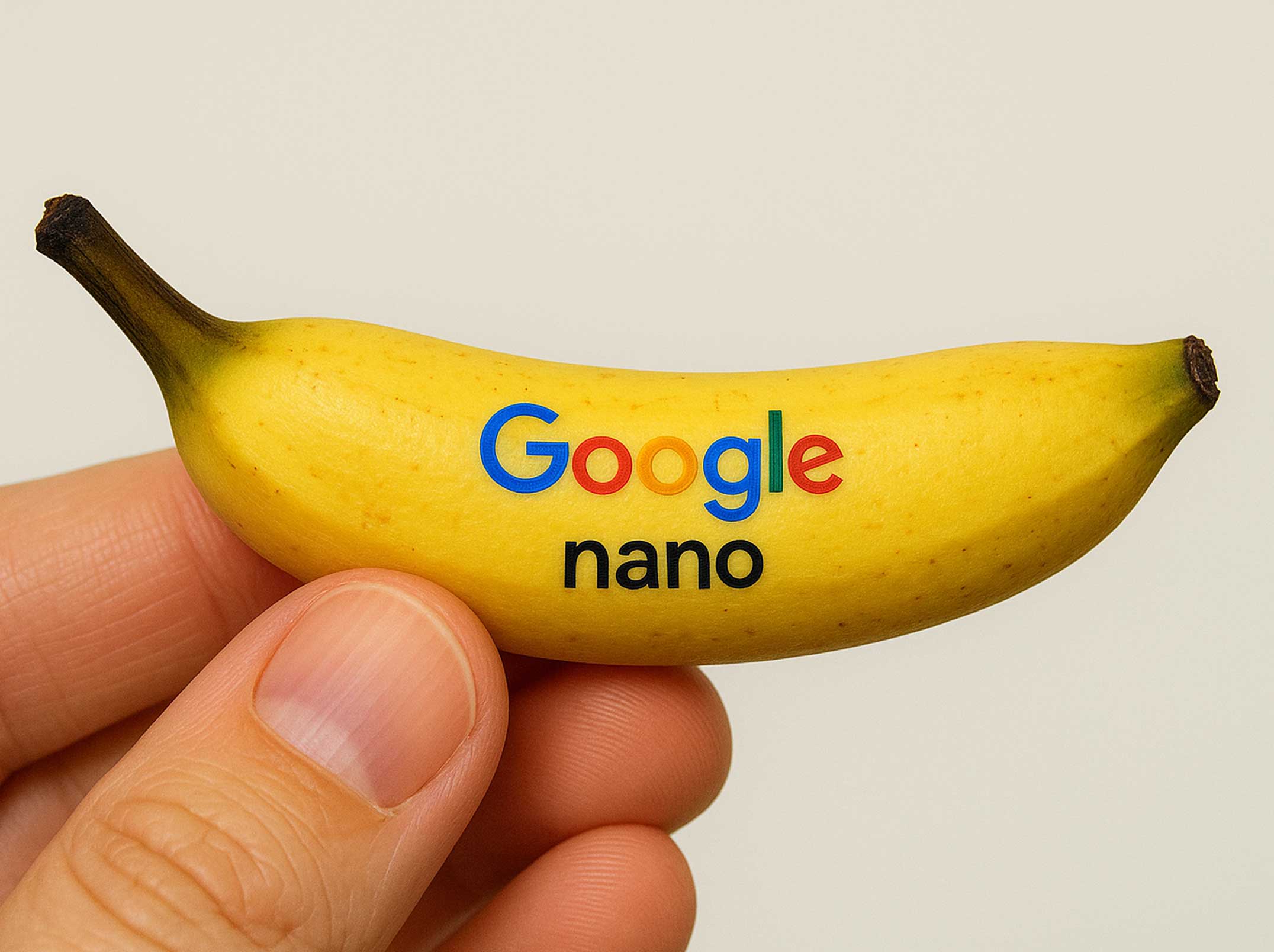LinkedIn Refines Ad Attribution to Boost B2B Marketing Impact
LinkedIn enhances ad attribution, enabling clearer insights for B2B marketers.

Accurately measuring the impact of marketing efforts has long been a challenge for B2B marketers, especially given the complex, multi-touch buyer journeys typical in enterprise sales. Traditional attribution models often fall short, failing to provide a holistic view of how various touchpoints contribute to a conversion. Recognizing this critical need, LinkedIn has significantly enhanced its ad attribution system, offering B2B marketers more granular insights into campaign performance.
These recent updates, building on the earlier introduction of LinkedIn’s Conversions API (CAPI) and Revenue Attribution Report (RAR), are designed to empower advertisers with a clearer understanding of their return on ad spend (ROAS). The expanded reporting capabilities allow for more precise attribution of conversions across a broader range of interactions. This means marketers can now assess how their ads influence purchasing decisions at both the account and individual levels, moving beyond simple last-click models. Such a nuanced perspective is crucial for effective budget allocation, enabling businesses to prioritize and optimize high-performing campaigns and truly understand the full impact of their LinkedIn marketing strategies.
Why Accurate Attribution Matters in Digital Marketing
In the dynamic landscape of B2B marketing, where customer journeys often span multiple channels and involve numerous decision-makers, precisely pinpointing the impact of each marketing touchpoint is paramount. The increasing complexity of these interactions, coupled with the industry's strong push for transparency and data-driven decision-making, has amplified the need for robust ad attribution. For B2B marketers, this is especially critical; long sales cycles and the intricate web of influences make connecting ad spend directly to tangible revenue outcomes a persistent challenge.
LinkedIn's enhanced attribution tools directly address this predicament by integrating a richer array of data points into their analysis. These improvements arrive at a crucial time, as 2025 B2B marketing trends emphasize hyper-personalization, advanced analytics, and a demand for clearer ROI. By bridging the gap between marketing activities and actual business results, LinkedIn empowers marketers not only to justify their budgets with greater confidence but also to continuously refine their strategies for optimized performance. This shift from mere guesswork to data-backed insights allows businesses to allocate resources effectively, ensuring every dollar spent contributes meaningfully to the bottom line.
Leveraging LinkedIn's Updates to Maximize ROI
To fully capitalize on LinkedIn's updated attribution capabilities, B2B marketers must evolve their campaign strategy beyond basic ad placement. A more sophisticated, data-driven approach is now paramount. This begins with a precise alignment of ad creatives and formats to each stage of the sales funnel. For instance, top-of-funnel (TOFU) awareness campaigns might leverage engaging video ads or thought leadership content to capture broad interest, while middle-of-funnel (MOFU) consideration stages could utilize document ads or carousel ads to deepen engagement with educational resources like whitepapers or case studies. For bottom-of-funnel (BOFU) conversion, direct message ads or lead generation forms can be highly effective in driving specific actions like demo requests or consultation bookings.
The enhanced attribution tools also significantly de-risk experimentation, actively encouraging marketers to test various ad formats, messaging angles, and audience segments. By analyzing the granular insights provided by the new system, advertisers can move away from guesswork and systematically identify which creative elements, targeting parameters, and campaign types deliver the highest return on investment. This iterative, data-backed optimization process ensures that marketing spend is continuously refined and directed towards high-yield strategies, ultimately maximizing campaign effectiveness and contributing more directly to business growth.
Comparing LinkedIn’s Attribution to Competitors
While LinkedIn's strides in ad attribution are significant, it's crucial for B2B marketers to understand how these advancements stack up against industry giants like Google and Meta (formerly Facebook). Google Ads and Meta have historically set high benchmarks for multi-channel tracking and sophisticated attribution models, leveraging their vast user bases and diverse data points.
However, LinkedIn's recent updates carve out a distinct advantage within the B2B landscape. Its strength lies in its inherently professional user base and the unique, tailored campaign options it offers, such as precise targeting by job title, industry, and company. This allows LinkedIn to address specific B2B marketing needs, particularly in tracking complex account-based conversions that are less straightforward on platforms designed for broader consumer markets.
While LinkedIn may not yet possess the sheer scale of data that Google Ads or Meta can draw upon for their extensive, often data-driven attribution models, its focus on the quality and professional relevance of its audience is a critical differentiator. This qualitative edge, combined with its increasingly robust attribution system, positions LinkedIn as an indispensable tool for marketers specifically targeting professional audiences and navigating the nuanced, often longer, B2B sales cycles. It's a testament to LinkedIn's evolving role from merely a professional networking site to a formidable, specialized B2B marketing platform.
What This Means for Small and Medium Businesses (SMBs)
The enhanced attribution capabilities on LinkedIn are not exclusively designed for large enterprises; small and medium-sized businesses (SMBs) stand to gain substantial value as well. Historically, SMBs have faced an uphill battle in digital advertising, often operating with more constrained budgets and less sophisticated analytics tools compared to their larger counterparts. LinkedIn's improvements directly address this disparity by providing the granular insights necessary for optimizing marketing spend.
By offering the ability to track campaign performance at both macro (overall campaign) and micro (individual touchpoint and account) levels, LinkedIn empowers SMBs to move beyond guesswork. They can now precisely identify which campaigns, ad creatives, and targeting strategies are delivering the most valuable results, such as qualified leads or even closed deals. This data-driven clarity allows smaller businesses to allocate their often-limited marketing budgets with greater confidence, shifting resources to proven high-performing initiatives and minimizing wasted ad spend.
For SMBs, the competitive edge often comes from agile, precise targeting and impactful messaging. LinkedIn's detailed reporting, combined with its unique professional audience, enables them to craft highly resonant campaigns for niche audiences that might be difficult or costly to reach on other platforms. This precision, coupled with the new attribution features, means SMBs can achieve measurable growth and a stronger return on investment (ROI) without the need for extensive budgets, leveling the playing field against larger competitors.
Future Implications for Digital Advertising
LinkedIn's intensified focus on ad attribution is a clear indicator of broader, irreversible shifts occurring across the digital marketing landscape. As platforms across the board continue to refine and advance their analytics tools, the industry is witnessing a definitive move toward hyper-personalized, data-driven decision-making. This evolution places increased accountability on every marketing dollar spent, demanding clear evidence of its impact.
For marketers, embracing these technological advancements isn't just about optimizing current campaigns; it's about future-proofing their entire advertising strategy. By thoroughly leveraging LinkedIn's improved attribution capabilities, businesses can move beyond traditional, often speculative, approaches to confidently identify what drives real results. The enhanced precision and accountability now central to LinkedIn's platform solidify its position as an indispensable leader in B2B digital marketing.
This latest strategic move by LinkedIn underscores its commitment to delivering tangible value for advertisers of all sizes. Whether you're a large enterprise navigating complex sales cycles or an SMB striving for efficient growth, these updates offer a significant opportunity to elevate your marketing game. To truly amplify these efforts, consider integrating these attribution insights into a broader, holistic marketing strategy—perhaps even exploring initiatives like turning satisfied customers into powerful brand ambassadors for organic, sustained growth. The imperative is clear: begin exploring and integrating these new features today to ensure you remain competitive and agile in the ever-evolving digital advertising space.
Subscribe to our newsletter
Stay informed with the latest marketing trends, expert insights, and exclusive updates delivered monthly.




